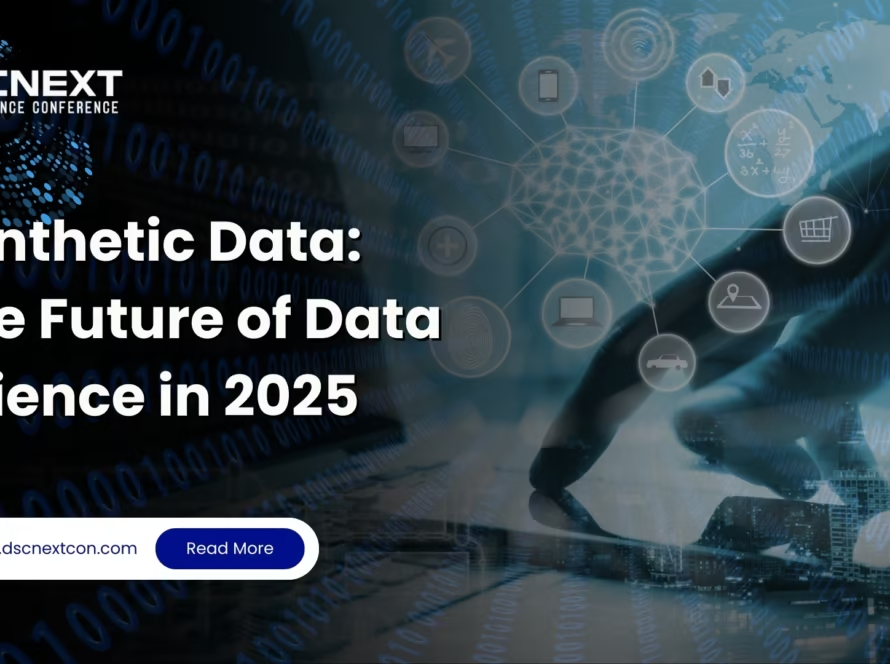Speech Emotion Recognition (SER) systems analyze spoken language to infer emotional states using sophisticated processing of spectral, prosodic, and temporal features. Modern models utilize Mel Frequency Cepstral Coefficients (MFCCs) and deep learning architectures: CNNs for local spectral features, LSTM/GRU/Transformer networks for temporal dynamics, and often meta-learners or attention mechanisms to guide prediction.
How SER Works in 2025
Feature Extraction: MFCCs, chroma features, pitch, and prosody are combined with advanced data augmentation (noise injection, pitch shift, tempo variation) to maximize learning on limited datasets.
Modeling:Hybrid and ensemble deep learning models, such as CNN-LSTM, CNN-GRU, and meta-learning SVMs, have demonstrated significant improvements in classification accuracy for speech emotion recognition. For instance, a CNN-LSTM hybrid model achieved an impressive accuracy of 99.01% with an F1-score of 99.29% on the TESS dataset . Additionally, an ensemble model combining CNN, LSTM, and GRU architectures reached a weighted average accuracy of 99.46% across multiple datasets, including RAVDESS and CREMA-D (Science Direct ).
Deployment: Lightweight, robust models are increasingly used for real-time and edge/in-device deployments, emphasizing explainability, fairness, and adaptability across languages and accents.
Applications: From Experimental to Essential
Customer Support: SER powers AI-driven call centers and conversational bots. Detection of frustration or anger triggers real-time escalation or supervisory review to improve experience.
Healthcare & Wellness: Advanced speech and emotion recognition is transforming clinical documentation (e.g., direct dictation into EHRs), mental health monitoring, and therapy aids by tracking changes in emotional states and providing early warnings.
User Experience & Entertainment: Speech-driven systems learn not only how users interact but how they feel. Results include mood-based product personalization, adaptive video game environments, and audio content tagging.
Other Sectors: Banking, education, and automotive industries are deploying SER for personalized assistance and sentiment analytics.
Research Frontiers: Deep Learning and Beyond
Data Efficiency: Transfer learning, data-efficient architectures, and synthetic augmentation are now standard, overcoming dataset scarcity and improving model generalizability.
Evaluation: State-of-the-art SER now balances accuracy, F1-score, and human validation; models are routinely benchmarked on diverse datasets and assessed for fairness and bias.
Ethics & Privacy: New regulations and model designs emphasize consent, privacy, and unbiased operation across populations and dialects.
Multimodal & Fair SER: 2025 sees strong momentum toward integrating speech with facial and physiological signals; events like Interspeech 2025 (Rotterdam) champion inclusivity and fairness in speech technology.
Why Speech Emotion Recognition(SER) Matters for Data Scientists
Speech Emotion Recognition opens new layers of behavioral and emotional context often missing from text analysis. It enables real-time interventions, drives hyper-personalized experiences, and shows promise as a non-invasive, continuous indicator for mental health. At the same time, it introduces important ethical responsibilities around privacy, consent, and bias mitigation.
A growing community of researchers and practitioners is addressing these challenges and opportunities, shaping the next generation of emotion-aware AI systems.
Events Spotlight: DSC Next 2025–2026
The DSC Next Conference debuted in 2025 and will return on May 7–8, 2026 in Amsterdam. It’s now a global stage for showcasing innovations in SER, human–AI interaction, emotion analytics, and model interpretability. Over 1,000 data scientists, academics, and practitioners are expected, with keynotes, workshops, and tracks specifically dedicated to the latest advances in emotion recognition and behavioral analytics in AI-powered systems.
References
DelveInsight, “Speech and Voice Recognition Technology in Healthcare,” 2025.
Tai Vu, Stanford University, “Data-Efficient Deep Learning for Robust Speech Emotion Recognition,” arXiv, 2025.


